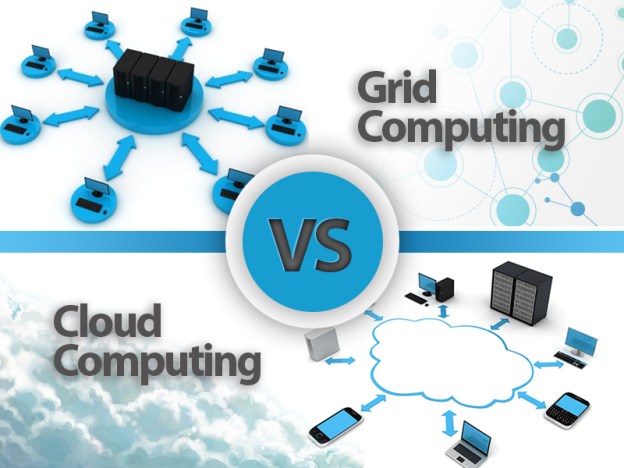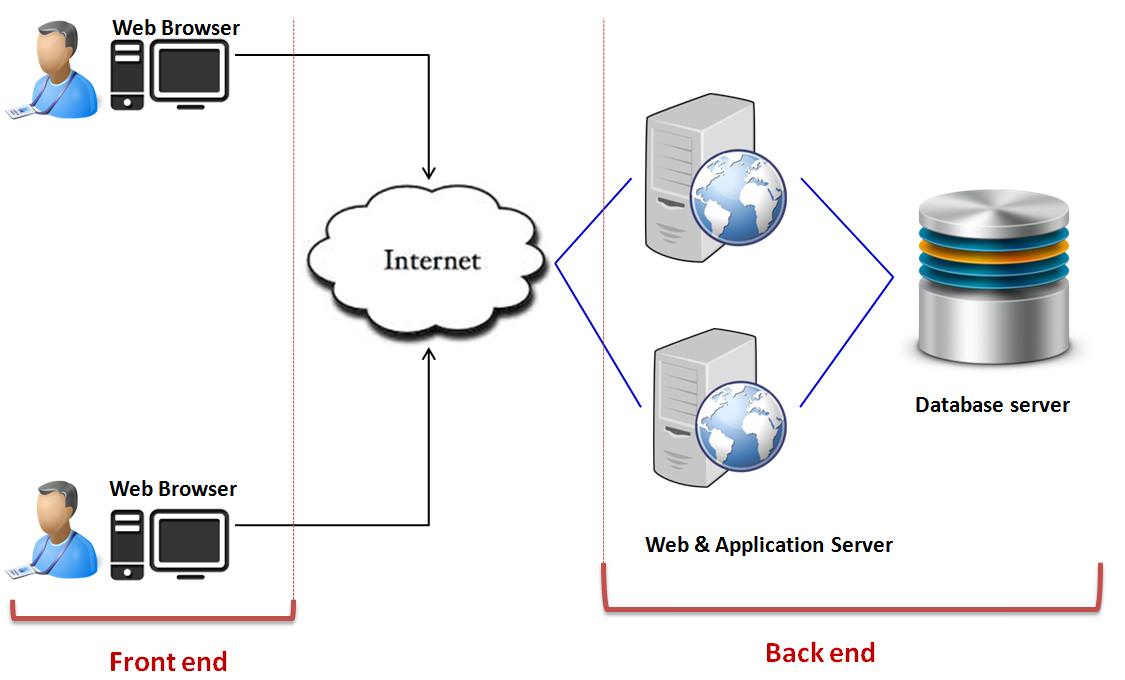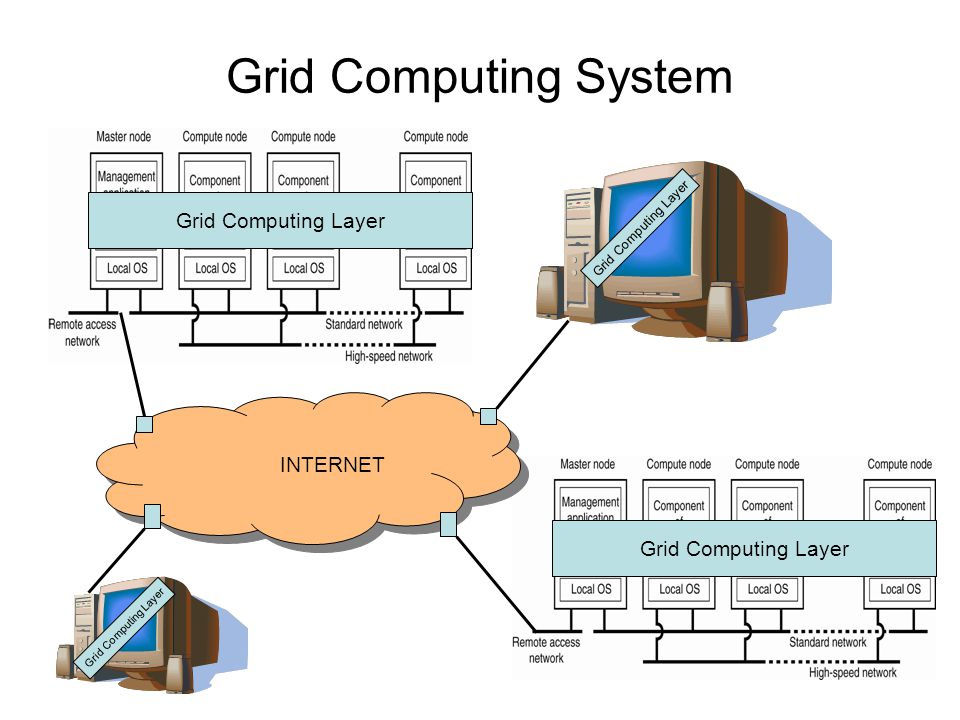For starters, both cloud computing and grid computing are used to provide services through sharing capabilities and resources. And they are very similar concepts which can be easily confused. However, there are some key differences that can distinguish them properly. Here we will talk about cloud computing vs grid computing key differences and help you to understand them more completely.

What are Cloud Computing and Grid Computing?
To better understand cloud computing vs grid computing differences, we really need to know the basic knowledge of these two technologies. Here introduces cloud computing and grid computing basics in simple terms:
Cloud computing can be defined as delivering computing services – servers, storage, databases, networking, software, and more – over the Internet, without having the physical computing resources at the customer location. This has decreased the hardware and software demand from the customer’s side. All the customer needs to do is to run the cloud computing systems interface software that is used as simple as the Web browser. Now there are public, private, and hybrid cloud computing that can be deployed. Fore more information about these three cloud, please read Popular ToR and ToR Switch in Data Center Architectures
As shown below, cloud computing consists of two components: front end and back end, which are connected together through the Internet. The front end is at the customer or computer side where end users interact with the cloud. The back end is the cloud section, which involves all the resources needed for providing cloud computing services. It often houses virtualized servers, data storage, virtual networks composed of various network switches, etc.

Cloud Computing Architecture
Grid computing is a loose distributed network of massive computers that can be called to perform dedicated tasks together, allowing each computer to run its independent tasks. Therefore it can solve problems that are too big for a supercomputer and maintain the flexibility to process numerous smaller problems at the same time. In the grid computing network, each computer is connected by parallel nodes that form a computer cluster, which runs on an operating system, Linux or free software.

Grid Computing Architecture
Cloud Computing vs Grid Computing: What’s the Difference?
Seen from the above, the definition and architecture of cloud computing and grid computing are totally different, which further leads to differences on such aspects as functions, applications, etc. This following chart lists cloud computing vs grid computing differences in details for your reference:
|
Parameter for Comparison
|
Cloud Computing
|
Grid Computing
|
|
Application Focus
|
Business specific applications such as web-based application
|
Research-based application
|
|
Architecture Used
|
Client-server architecture
|
Distributed computing architecture
|
|
Management
|
Centralized
|
Decentralized
|
|
Flexibility
|
High
|
Low
|
|
Accessibility of Services
|
High because it is real-time
|
Low because of scheduled services
|
|
Service Provided
|
Offering nearly all services like web hosting, Data Base support, etc
|
With limited services
|
|
Programming Model
|
Eucalyptus, Open Nebula, Open stack etc, for IaaS but no middleware exists
|
Different middlewares are available such as Globus gLite, Unicore, etc
|
|
Interoperability
|
Vendor lock-in and integration are some issues
|
Easily deals with interoperability between providers.
|
Cloud Computing vs Grid Computing, Which Do You Prefer?
Both cloud computing and grid computing are popular in the industry now, for they each has their own advantages and use cases. To conclude, cloud computing is ideal for applications where flexibility, ease-of-use and security are needed. Whereas grid computing is cheaper, more efficient and fail-safe. So cloud computing vs grid computing, which do you prefer? The answer really depends on what’s your need and how many resources you’ve got. Fiber switches are important parts of cloud computing network, FS provides various cost-effective switches for your cloud computing need. For example, we offer 100GbE switches from $5,199. Please visit www.fs.com for more information.



